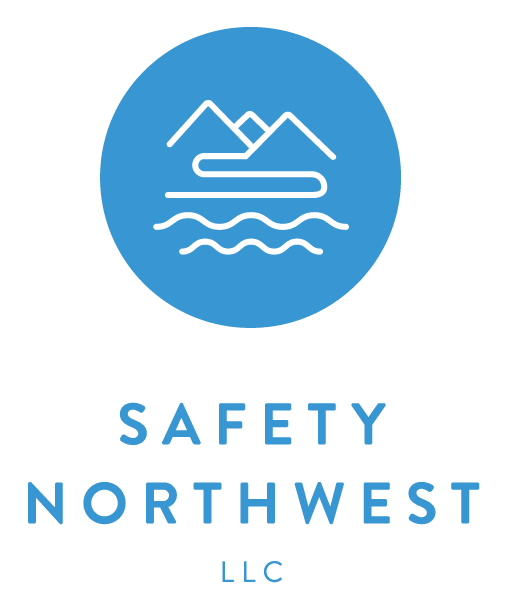Key Performance Safety Indicators: Gaining Insight into Your Company's Safety Program
In today's fast-paced work environment, safety is paramount. Organizations must prioritize the well-being of their employees while ensuring compliance with regulations. One effective way to achieve this is by monitoring key performance safety indicators (KPSIs). These indicators provide valuable insights into the health of a company's safety program, helping organizations anticipate trends and improve overall safety.
Understanding KPSIs
KPSIs are metrics that gauge the effectiveness of a company's safety initiatives. Organizations can categorize them into two types: leading indicators and lagging indicators.
Leading Indicators are proactive measures that predict future performance. They focus on activities that can prevent accidents before they happen. Examples include:
Safety Training: Did each department cover their monthly safety topic with the affected workers?
Safety Audits Conducted: Regular inspections to identify potential hazards. How’s your GEMBA?
Near-Miss Reports: Documenting incidents that could have resulted in injury but did not. For each injury, there are approximately three hundred near-miss scenarios. Are workers correcting these hazards before they turn into claims?
Safety Committee: This is a critical piece of any successful safety program and a regulatory must-do. Did each department send a representative to the monthly meeting?
Action Items: Failing to complete new business can foster apathy toward the safety program. How many safety action items remained open for over thirty days?
By tracking these indicators, companies can identify areas for improvement and implement changes before incidents occur.
Lagging Indicators are metrics that reflect past performance and help evaluate the effectiveness of existing safety measures. Common lagging indicators include:
Injury Rates: The number of injuries reported over a specific period. Do you track DART and TRIR?
Lost Time Incidents (LTIs): Incidents resulting in employees missing work due to injury. How long do injured workers remain away from work after a claim? It is crucial to monitor the effectiveness of an organization's RTW program.
Workers’ Compensation Claims are insurance claims made by injured workers for medical care. Reducing claims can save big money, but we need to know how, why, and the frequency that they occur.
Balancing leading and lagging indicators is crucial to creating a robust safety program. Leading indicators allow organizations to take preventive actions while lagging indicators help assess the impact of those actions.
For example, if a company notices an increase in near-miss reports (a leading indicator), it can enhance training or revise procedures to mitigate risks. Conversely, if injury rates (a lagging indicator) remain high despite proactive measures, it may indicate deeper issues within the safety culture or training effectiveness.
By regularly monitoring KPSIs, companies can anticipate trends in workplace safety. This foresight enables them to:
Identify Patterns: Spot recurring issues before they escalate.
Allocate Resources Wisely: Direct efforts toward areas needing improvement.
Enhance Employee Engagement: Involve staff in safety practices and improvements.
Key Performance Safety Indicators are essential for any organization to foster a safe work environment. By leveraging leading and lagging indicators, companies gain valuable insights into their safety programs. This proactive approach protects employees, enhances overall productivity and morale, and reduces an organization’s exposure to losses from a deficient safety program. Investing time in understanding and implementing KPSIs will pave the way for a safer workplace where everyone thrives.
